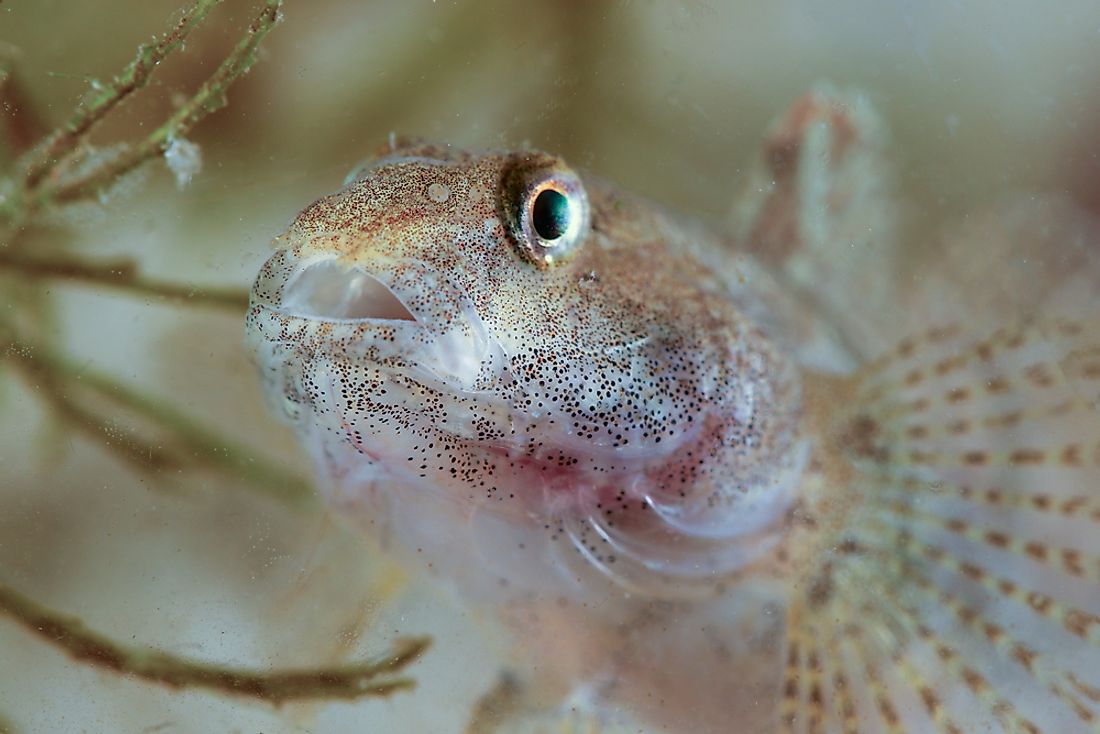What is an Euryhaline Organism?

An organism that survives a wide range of salinities is a euryhaline organism. The distinctive characteristic of the euryhaline organism is that it can survive in saltwater, freshwater, and brackish water. Tide pools and estuaries are home to the euryhaline organisms as the salinity in these habitats changes regularly.
Some organisms, however, become euryhaline because of the nature of their life cycle that involves movement from freshwater to marine water. Molly fish is an example of a euryhaline fish since it lives in salt-water, freshwater, and brackish water. Carcinus Maenas known as the green crab is a euryhaline invertebrate that lives in brackish and salt water.
Osmoregulation By Euryhaline Organism
These organisms actively maintain their water levels through osmoregulation. Organisms can be either osmoregulators or osmoconformers. Osmoconformers do not regulate their body osmolarity at a constant level but instead match them with their corresponding environments. This characteristic is common with marine invertebrates. Osmolarity of organisms that are osmoregulators remains constant throughout. The task of osmoregulators is to regulate the body osmolarity, meaning these organisms control the salt concentration in their bodies at the same level despite the concentration of salt in the surrounding environment.
Most fish can only survive in fresh or salt water in that they are stenohaline. The stenohaline organism only survives in salinities in which they are adapted. Euryhaline organism displays very different characteristics as it can osmoregulate across a wide range of salinities. An example of such a fish is the salmon. Salmon fish can survive in fresh and marine water.
Types Of Euryhaline Fish
Shot-fined molly is the most common euryhaline fish. This type of fish inhabits coastal brackish water, fresh water, and marine water and often found in Mexico.
Round goby is a euryhaline fish found in the Red Sea and the Caspian Sea. This fish lives in the freshwater and marine waters.
Atlantic stingray lives on the Atlantic coast of North America in fresh and brackish habitats. Atlantic stingray is from the stingray species and Dasyatidae family.
Bat ray survives in the Pacific Ocean from the regions between the Gulf of California and Oregon coast. This type of euryhaline fish survives in muddy sloughs, bays, and estuaries.
Moonyfishes is from the family of perciform bony fish and has dish-shaped bodies. They are euryhaline and can lives in freshwaters for a longer period.
Big-scale sand smelt is a fish of the Arthenidae family. It is a euryhaline fish, lives in the tropical zones of the Mediterranean, Sea of Azov, and can survive in estuaries and lagoons.
Other Euryhaline Organisms
Other than fish, there are other euryhaline organisms.
Halodule uninervis is a euryhaline plant from the seagrass species. This plant survives in the Indian Ocean and the Pacific. The plant survives in a wide range of salinities.
Green sea urchin is an organism from the Animalia kingdom and the species of S.droebachiensis. This organism can thrive in waters of low salinity.
Lagoon cookie is a saltwater clam that is from Cardiidae family. This organism is euryhaline as it survives in salinities ranging from 4 to 100‰.











